Search
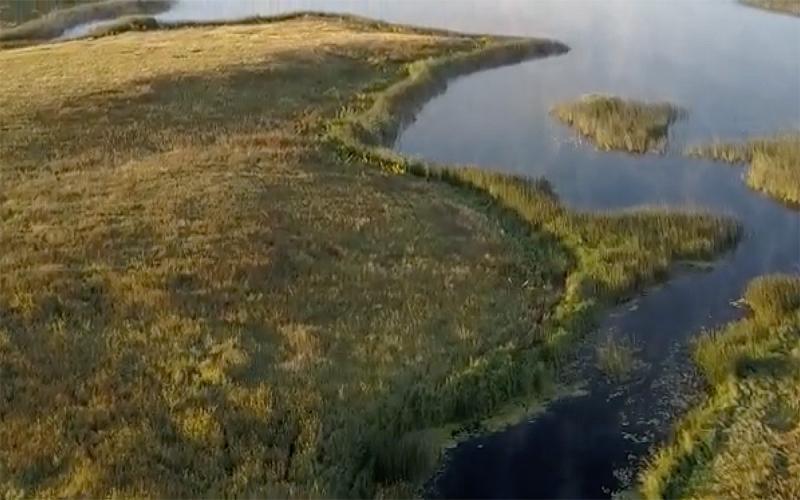
Prairie Pothole Wetlands: Small Basins, Big Impact
The benefits of prairie wetlands extend far beyond wildlife. These wetlands filter pollutants and excess nutrients from agricultural and urban runoff, trap sediment, recharge groundwater, and store floodwater.
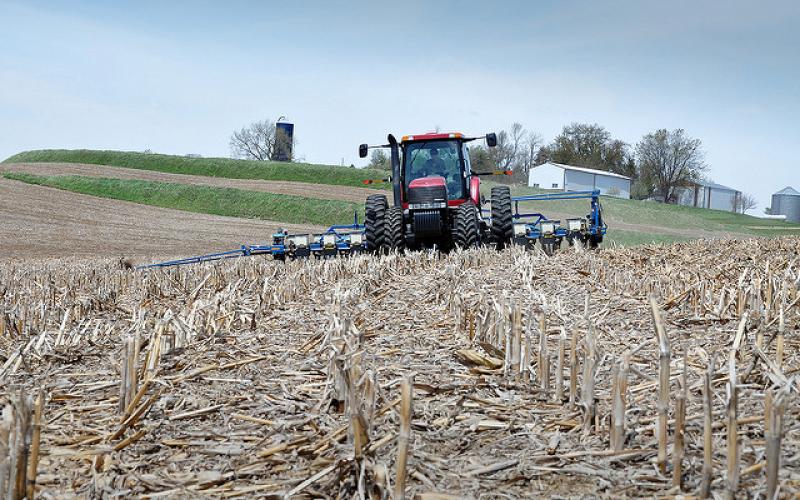
Project to Study Soil Health Economics in South Dakota
Soil degradation has become one of the most pressing global issues, because of its adverse effects on world food security, environment and quality of life.
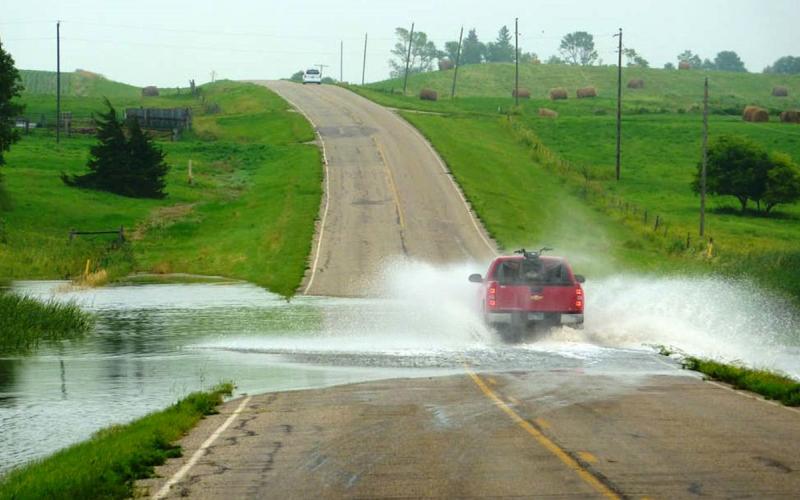
Understanding Flood Hazards in the United States
Understanding the different types of flood hazards and their causes is crucial for effective flood management and disaster preparedness.
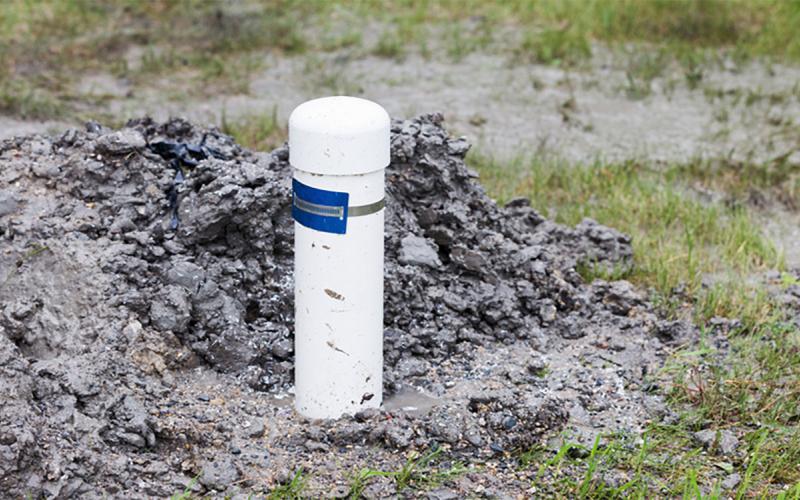
Restoring and Sampling Private Wells in South Dakota
In South Dakota, private well owners must take immediate and effective steps to restore their wells after a flood. This guide provides essential information on assessing, repairing, disinfecting, and sampling your well.
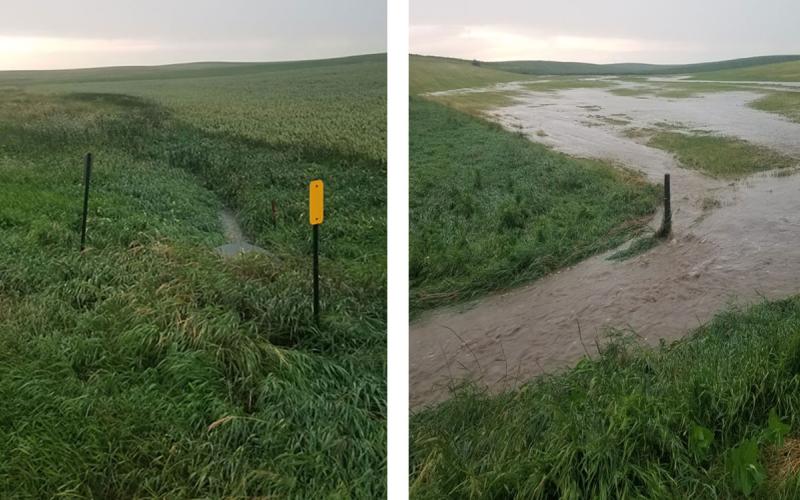
Tale of Two Watersheds
See the difference that cover crops and a no-till cropping system can have on watersheds when high winds and heavy rains impact our region. The difference in the amounts of run-off water is astounding!

What is the “a” in Chlorophyll-a?
Have you ever heard the term "chlorophyll a" used in reference to a lake's blue-green algae content? From type "a" to type "f," learn how different types of chlorophyll impact lakes and aquatic environments.
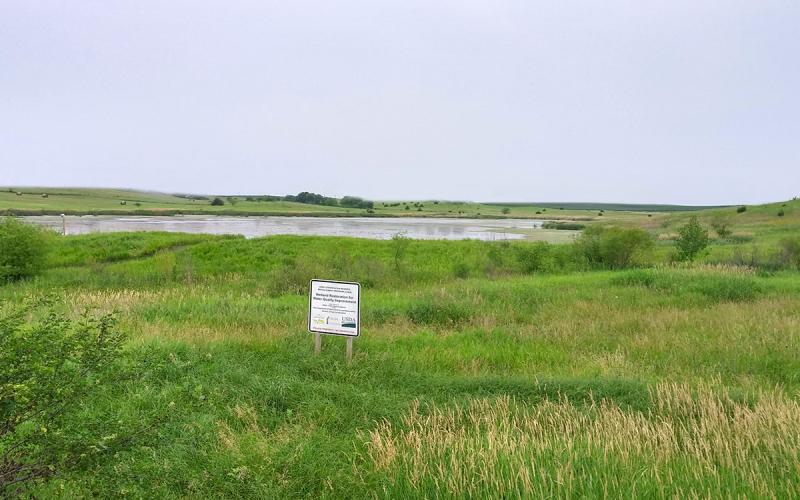
Permitting Considerations for Riparian Areas
Streams and riparian areas are a valued resource to ranchers, providing, among other things, forage, water, and shelter for livestock. Unfortunately, their relatively low prevalence on the landscape and livestock’s heavy reliance on them has led to widespread degradation to many streams and riparian environments in rangelands worldwide.
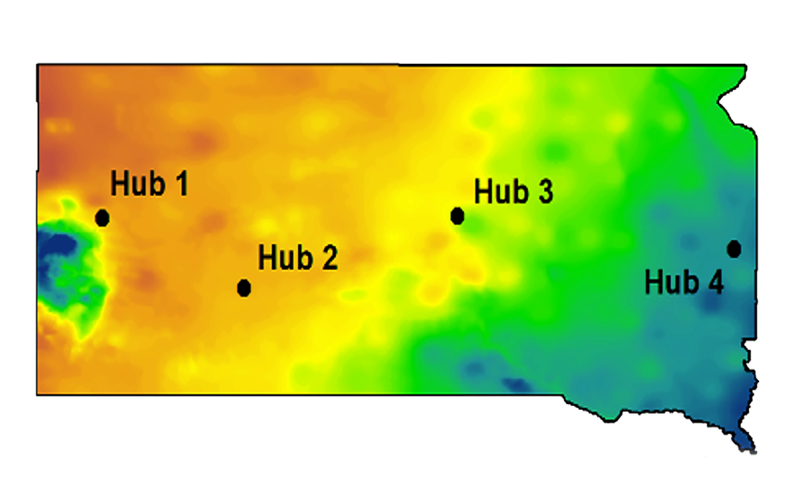
Range Roundup: Precision Agriculture Range Project With Producer Participation
SDSU Extension researchers started a new precision agriculture range project using remote sensing, machine learning, and ground-collected vegetation samples to develop an application to measure forage quality and quantity throughout the state in near real-time.
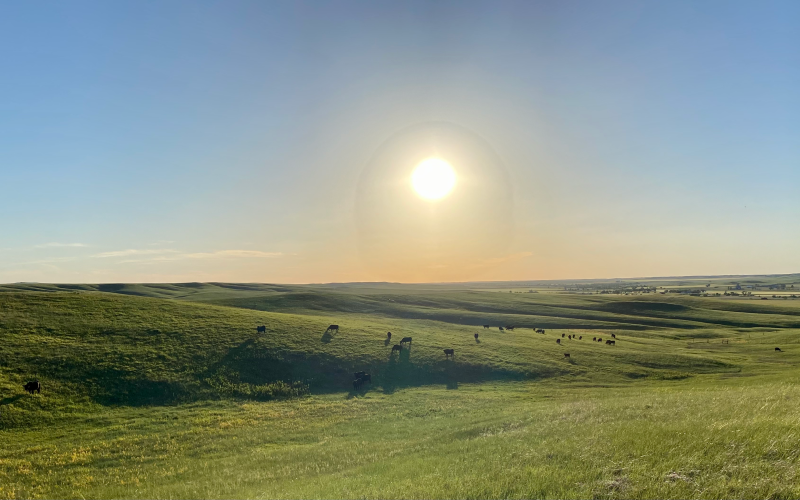
Impacts in Natural Resource and Range Management
South Dakota is home to many unique land, water and wildlife resources. Our experts and partners offer research-based information to help people enjoy, preserve and profit from these natural resources.
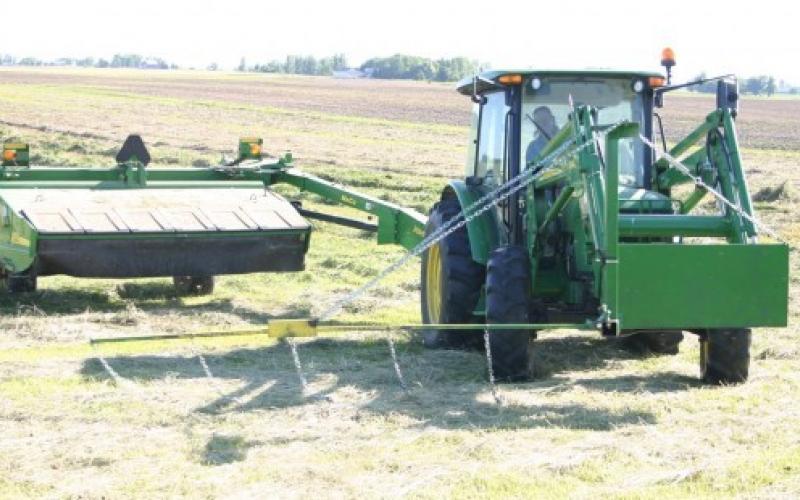
Haying With Wildlife in Mind
Anyone who has spent time cutting hay knows that hayland can be a magnet for wildlife in late spring and early summer. Hay fields are often considered an “ecological trap” for wildlife; that is, they appear to be high quality habitat for nesting or feeding due to tall, dense grass and legumes, but often lead to increased mortality once harvesting is under way.